Having Fun With Numbers at Mealtimes
Linking Numeracy to Everyday Life
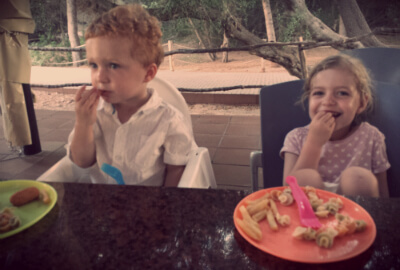
Mealtimes are a perfect opportunity to get a family together. Not only does it benefit the children with a sense of routine and security, but it's also a great time to put number skills into practice in daily life. The preparation, serving and even eating can all play a part in a fun way to use counting and math skills in a way that a child can relate to.
You can integrate numbers in meals in many ways. Some as simple as just asking math questions whilst eating. Other numerical exercises could be in the exploration of making meals; timing how long things will cook, counting the number of items to put on a plate or how many plates or bowls there are.
Division and fractions can be made entertaining when sharing food. How should get half? Who wants a quarter? Is this quarter of pie bigger than that half of pie? What is it called if we split it into eight equal parts?
What if we had three people and six sausages, how many sausages do we get each? What if there are ten sausages, how do we share that out equally?
Weighing out ingredients
This can be as messy as you like! Weighing out ingredients on a set of kitchen scales and counting up the numbers can be exciting. Making a cake is a scrumptious way of getting maths involved. A simple sponge cake made with cupfuls of ingredients can be a delight and such a simple thing to do. Count the ingredients. Count each empty cup and each full one when preparing. Ask how many people would like a cake?
How to make a cake with simple numbers
- 1 small cup of olive oil
- 2 small cups of sugar
- 3 small cups of flour
- 3 eggs
- 1 tablespoon of baking powder
- mix together in a bowl and pop in a baking tray for 20 mins at 180°C or gas mark 4
Mixing it up.
Children like to get their hands dirty and mixing ingredients is just about the best. For a less messy mixing try pasta, counting pieces of rigatoni or farfalle before you cook it can be a great way. You can count out how much pasta each person is going to get. This can also be a great way to help with the tricky or fussy eating stage too.
Setting the table.
Count the number of people going to eat. Choose and count the cutlery for each person. How many plates do we need? How many forks or chopsticks do we have?
Cooking and preparing food.
Chop up a carrot into halves and then half again. Counting how many pieces there are after every chop. As a bonus, once you have chopped into eighths your carrot should be a perfect chunk size.
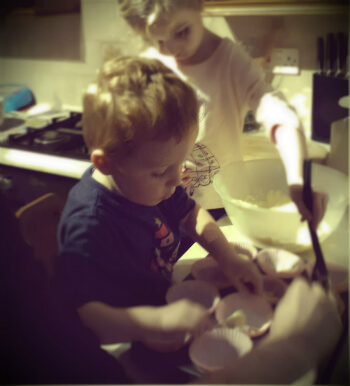
Serving the food.
Counting peas may be a slow but fun way to get those greens into a meal. Spoonfuls of mash can be scooped and counted on its way to the plate. Cherry tomatoes are excellently sized for counting.
Eating and measuring.
Slicing a pizza or pie is a way to introduce the concept of fractions. Halving or quartering bread then putting the pieces back together is another good method of demonstrating division.
Cleaning up.
Clearing away the dishes can be a great way of sorting various piles of utensils, pots and pans. How many spoons did we use? Who ate all their sweetcorn? How many pieces of melon are left in the dish?
Using tangible real-world objects in counting and early mathematics helps children to relate to numbers. Mealtimes are an excellent way to introduce the concept of dividing, sharing, counting and adding. Fun in preparation, fun in the eating, fun in sharing.
More articles
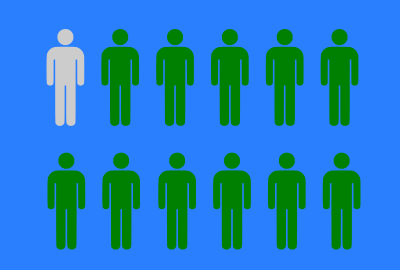
Helping Colour-Blind Children ...and Teachers!
Small Considerations Can Make a Difference
There are things you can do to help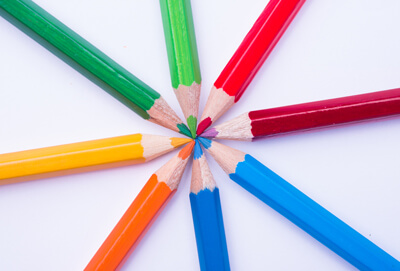
7 Ways to Improve Your Child's Early Writing
And Have Fun Along the Way
Practical examples to get your child up and running with letters and sounds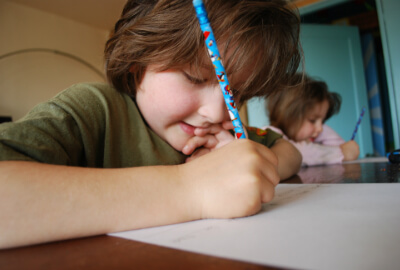
Tripod Grip Explained in Pictures
Photos That Show Just What This Is
The way you hold your writing implement can have a big effect on your early writing